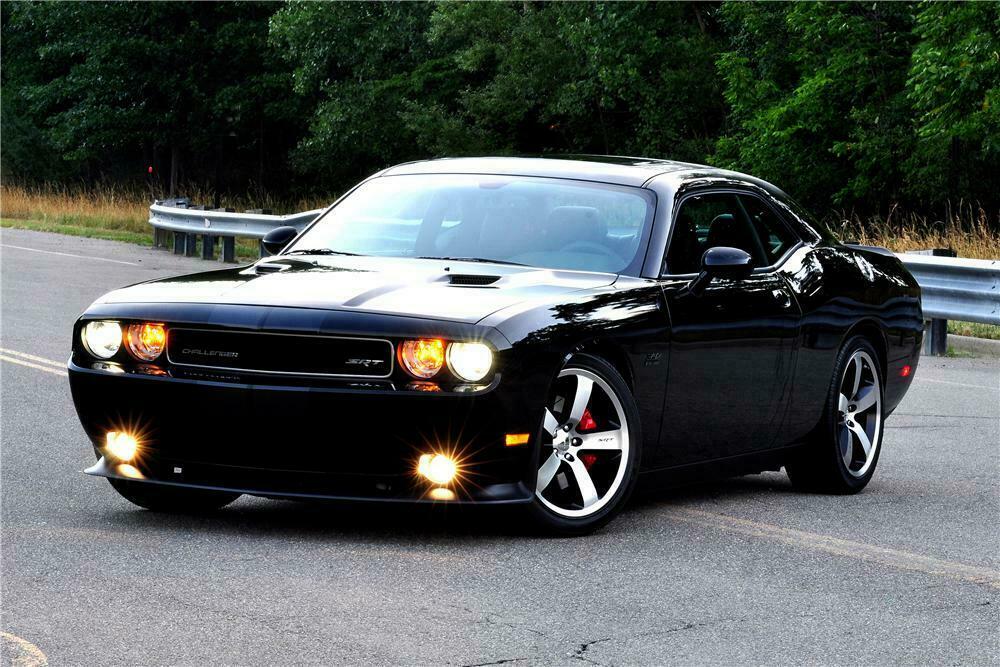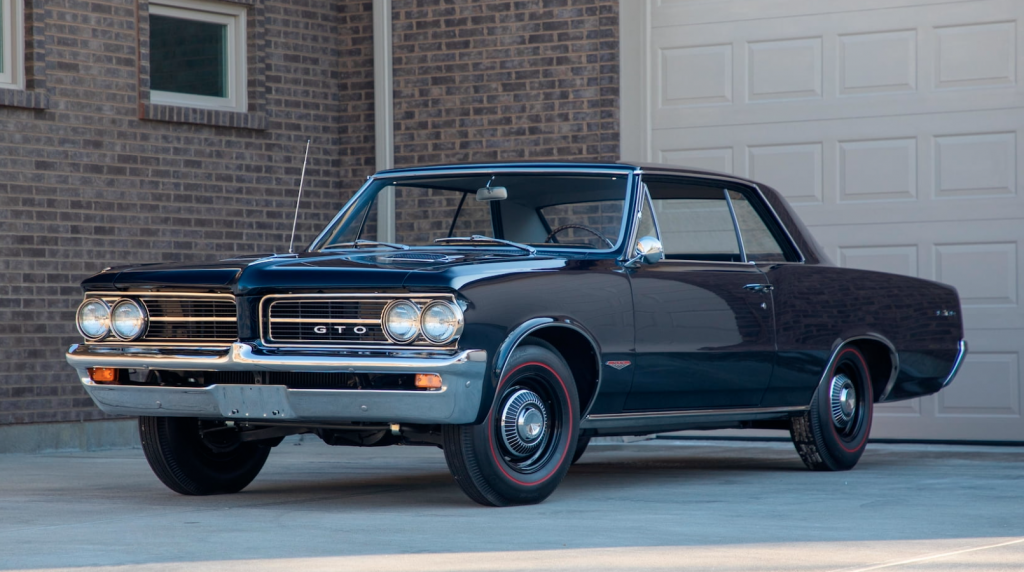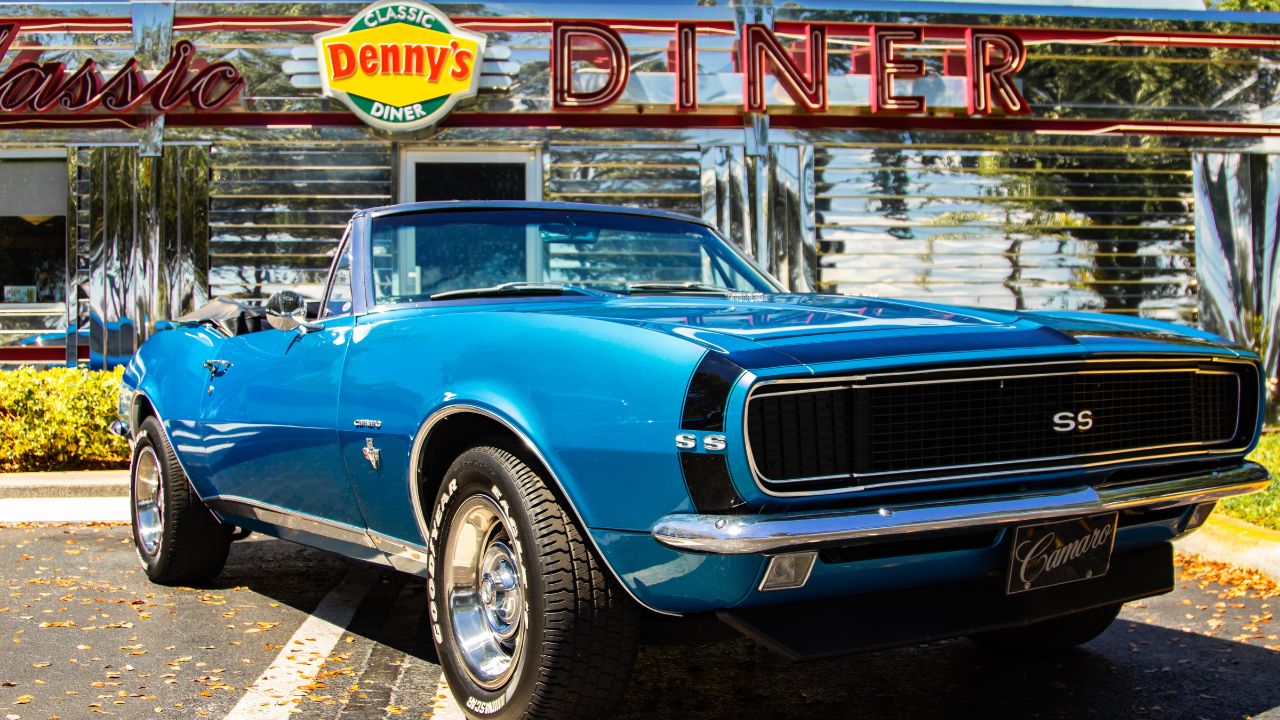
It is important to check the year of the Lincoln Continental that you are considering buying. The Continental's previous model was discontinued by Lincoln in 1993. However it was brought back for the 1980s. The new Lincoln Continental was created to compete with the Cadillac Seville, and the Imperial. This model was distinguished by its styling, which set it apart from the Ford Granada (Mercury Cougar) and the Imperial. The platform was shared with the Ford Fox's Mercury Cougar, Ford Fox, and Granada. The Continental shared its wheelbase also with the new Continental Mark VII. This model was introduced for the 1984 model year.
Model year 1993
Four recalls have been issued to the Lincoln Continental in the 29-year history of the model. There were 4 recalls for the 1993 model. Here is a look at each of those vehicles. There are many unique features in the 1993 Lincoln Continental. Some of these changes include an enhanced center console with floor shifter, a center armrest and a cup holder. The interior is extremely spacious, as well as the large trunk.
Model year 1994
The fourth-generation Lincoln Continental came in three body options: the Sedan, Convertible and the Wagon. It was the first four-door convertible built after World War II and featured a power-operated retractable hardtop. The Continental also featured the retractable "breezeway", rear glass that was introduced in the Mercury Turnpike Cruiser (in 1957). The second generation Continental used the same styling principles as the first, but with frameless glass doors.
Model year 1995
The price base for the 1995 Lincoln Continental started at $40,750. This was increased to $74,500 in July 2002 when production ceased. There were some other refinements to the Continental, such as a more sophisticated suspension system, adjustable steering effort, and seat-mounted sideairbags. Additionally, the sedan received a split bench front seat and a powered sunroof. Although production of the car ended in July 2002, the 1995 model is still available for purchase.

Model year 1996
Lincoln Continental's tenth-generation Lincoln Continental introduced new front ends. Standard equipment included a door lock equipped with an electronically latched handle. A button was placed next to the handle for the door pull handle. External door pulls were integrated into beltline trim, a design that is similar to the third-generation Ford Thunderbird. These improvements were accompanied with a more comfortable and modern seating position.
Model year 1997
The 1997 Lincoln Continental was one of the last models produced by Lincoln. This was a high-end luxury vehicle that ranked highly in the luxury segment. This vehicle was owned by its second owners with 13,000 miles. This luxury car was only 16 years old and has needed minimal repairs to keep it in great condition. The transmission was replaced at 50,000 miles. The levelers were replaced after 93,000 miles. The interior of this car was very comfortable and elegant. The suspension could also be adjusted for comfort or control.
Model year 1998
The interior design of the 1998 Lincoln Continental has been improved over the model before it. New interior trim includes bird's eye maple on the dashboard and textured suede on the dashboard. Overall, the cabin feels roomier than the previous model, with a slightly smaller back seat. However, it has fewer interior space than the Seville. The 1998 Lincoln Continental, despite its new exterior design is an excellent value for money.
Model year 1999
Comparing the 1999 Lincoln Continental model with its predecessor, Chrysler Town Car, you will see that the Lincoln Continental is just 5 inches wider and 7 inches shorter. But the engine is much more powerful. The Continental's 4.6L V-8 is now DOHC, whereas the Town Car's is SOC, or single overhead cams. As a result, its horsepower has increased from 260 to 275 horsepower at 5,750 rpm.
Model year 2000
The Lincoln Continental's new V8-powered engine is one of its most important changes since the last generation. This engine has more power that the previous generation. It is also more agile, faster, and comes with more electronic gadgetry. It can reach 16.3 mpg and match the acceleration of the Cadillac Seville SLS. Even though the Lincoln Continental is equipped with the most recent electronic suspension technology, it still fails to impress. The suspension is most effective in Normal mode.

Model year 2002
The Lincoln Continental remains largely unchanged for model year 2002. The Lincoln Continental is still available in a new exterior color and a Vehicle Communication System, (VCS) which includes a digital-to-analog portable phone. Other new features include a power sunroof and six-disc changer. The cabin is roomy, with seating for up to six passengers. The Lincoln Continental's warranty will remain at 4 years/50,000 miles.
Year 2003
The Lincoln Continental is the last car from the Continental line in model year 2003. Its style isn't the only reason it has been so successful. The 1961 Continental was the inspiration for its interior. Its dashboard had retro-looking gauges and a slew of hidden infotainment features. It was also one the most luxurious cars in its segment. The interior of the 2003 Lincoln Model 3 was unbeatable.
FAQ
What does it take for a mechanic to be a good one?
You need to have years of experience and practice before you can become a master mechanic. A professional mechanic will teach you how to fix cars.
You will need to spend some time in a garage to learn as much about cars and mechanics as possible. It is important to get familiar with the mechanics of cars and engineering.
Auto school is also required.
It's crucial to start as soon as possible. You don't have to wait until you are older to start studying automotive technology. You can get certified as a mechanic by getting started right away!
What is the difference?
They are both similar, but not identical. An automotive technician maintains cars, while a mechanic repairs them.
A mechanic must be skilled in manual dexterity and able to complete simple tasks quickly. A mechanic must be able diagnose and fix problems quickly and accurately.
An automotive technician must be more technically proficient than a mechanic. They must be able and able to read blueprints as well as use tools like drills or wrenches.
They must also be able to carry out complex procedures safely. They must also be familiar with different types of engines and electrical systems.
They must also be able comprehend how the various parts interrelate with one another.
This means that mechanics usually make less money than automotive technicians. There are many job opportunities in both.
Is it worth being a mechanic.
The answer to this question depends on what you want from life if you are looking for money, then yes, but if you're looking for meaning and purpose, then no.
It's not worth learning mechanics if you don’t have the skills. You'll waste your time. It's not going make you millionaire. It won't make your name famous. It's unlikely that it will change your life.
You'd need to spend years learning how everything works. It would be expensive to have your car fixed by someone else. Most people won't bother to do it. They find something better.
To sum up, if you want to earn lots of money then go ahead. The mechanic's profession is not the right place for you if it means that you will live a fulfilled life.
How do I fix my vehicle as a hobby?
You might be interested in cars as a hobby. You can repair them, buy their parts, sell them, or just have fun with them. It would make a great pastime if you're looking for something different to do.
It's not an easy task to make this a full-time job. It requires a lot of hard work and dedication. And you'll need to invest a lot of money too.
It is best to avoid getting involved in car accidents unless you have good reasons.
What are the basics of car mechanics?
You don't need to know anything about cars to work as an auto mechanic. Only you need to know how things work. It's why many people begin to fix things by fitting brake pads or changing tires.
You need to be able read and comprehend diagrams, follow written instructions and adhere to basic principles of good practice. You must also be able judge if parts need to replaced or repaired.
It is important that you have proper training and guidance before you attempt to repair vehicles. This is especially true if your job involves expensive parts like transmissions or engines.
Even though you don't need to be an expert on cars, it is important to understand the fundamentals of mechanical engineering and physical physics. This means understanding the principles behind how engines work and how brakes function.
You should also be ready to handle all kinds of situations. You might be required to work on a vehicle that was involved in an accident. You will also need to be able to deal with accidents and breakdowns.
You should also be open to learning quickly. As well as being able to diagnose problems, you'll need to be able to perform simple maintenance tasks such as tightening nuts and bolts.
Statistics
- According to the BLS, the median annual salary for automotive service technicians and mechanics in the United States was $44,050 in May 2020. (uti.edu)
- Apprentice mechanics earn significantly less hourly than mechanics who have completed training, with a median wage of approximately $14.50 an hour, according to PayScale. (jobhero.com)
- The U.S. Bureau of Labor Statistics (BLS) reports that the job outlook for automotive service technicians and mechanics is expected to decline by 4% from 2019 to 2029. (indeed.com)
External Links
How To
How to properly diagnose your vehicle for repair
To determine if your car needs repairs, you should first look at the symptoms that your car presents. These steps will help you diagnose your car properly.
-
Check engine lights. Inspect the dashboard light indicators. These include the engine lights, the oil pressure gauge and the battery light indicators. The RPM gauge and coolant temperature gauge should also be checked. It could indicate that your vehicle is having problems.
-
Pay attention to the treads on your tires. Tires with worn treads could cause problems when handling or braking. You should also inspect the wheel treads. They should be smooth and clean. This can be done by removing the wheels from the vehicle and taking them off. A flashlight can be used to check how worn the treads are.
-
You should always monitor the level brake fluid. You must always monitor the level of your brake fluid. This ensures that your brakes work properly. If your brake fluid level is low they might not work properly when you apply pressure.
-
You should test the suspension system. A suspension system is designed to absorb vibrations and shocks. It gives you better control and allows for smoother accelerations and decelerations. It might feel uncontrollable or wobbly if your vehicle is suffering from a suspension problem. To test whether your vehicle has a suspension issue, try putting weight on the front or rear axle and observe the movement.
-
Examine your steering column. The steering columns are what connect the steering knob to the rest. Accidents often damage steering columns. You should replace your steering column if it feels loose or unstable.
-
The exhaust pipe should be observed. The exhaust pipes transport gases from the combustion chamber to outside. If your exhaust pipe leaks or cracks, it will allow harmful fumes into your cabin. Additionally, your tailpipe should be fixed immediately if it is bent.
-
Take a look under your hood. Look underneath your hood to see if anything looks strange. There could be fluid leaking from your engine. Also, professional technicians should be called if you detect an unusual smell coming out of your engine compartment.
-
Check the air filter. The vehicle's outside environment may cause the air filter to collect dust and debris. Dirty air filters can cause your vehicle to run poorly. Replace your air filter regularly.
-
The fan belt should be checked. The fan belt is the link between the engine and the transmission. If the fan belt fails, the engine won't start. The process of replacing the belt is straightforward. You will need a screwdriver, pliers and a pair of pliers.
-
Check the radiator hose and hoses. The radiatorhose carries water from your radiator to the engine. It can become cracked or damaged and leak hot liquid onto your engine. Repairing the hose is easy with a pair of needlenose pliers or a small wire brush.
-
Check the windshield wipers. Windshield wipers work by using electricity to remove rain and snow. If they stop functioning, they can leave streaks in your window glass. Simply change the washer oil to fix the problem.
-
You should inspect the cables. The batteries provide power to the electrical systems within your car. When you replace batteries, make sure to disconnect the negative cable first. Failure to do so can damage your alternator.
-
Pay attention to your headlights. Headlights illuminate the road ahead of you. They can make it difficult to see if they stop working. You can check the bulbs to make sure they aren't burned out.
-
Check the lights. The lights are there to warn other drivers if they approach you at night. If one doesn't work, it could distract you and lead to an accident.
-
You should inspect your brakes. Before you have a collision, brakes slow down your car. You could lose control of the car and cause a crash if they don't work properly.
-
Change your oil. Oil keeps your engine lubricated. It prevents metal parts from rusting too quickly. It is recommended that the oil be changed every other month.